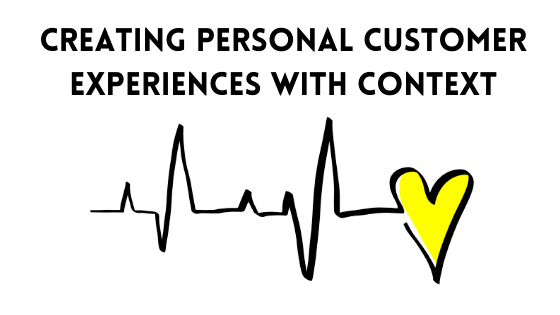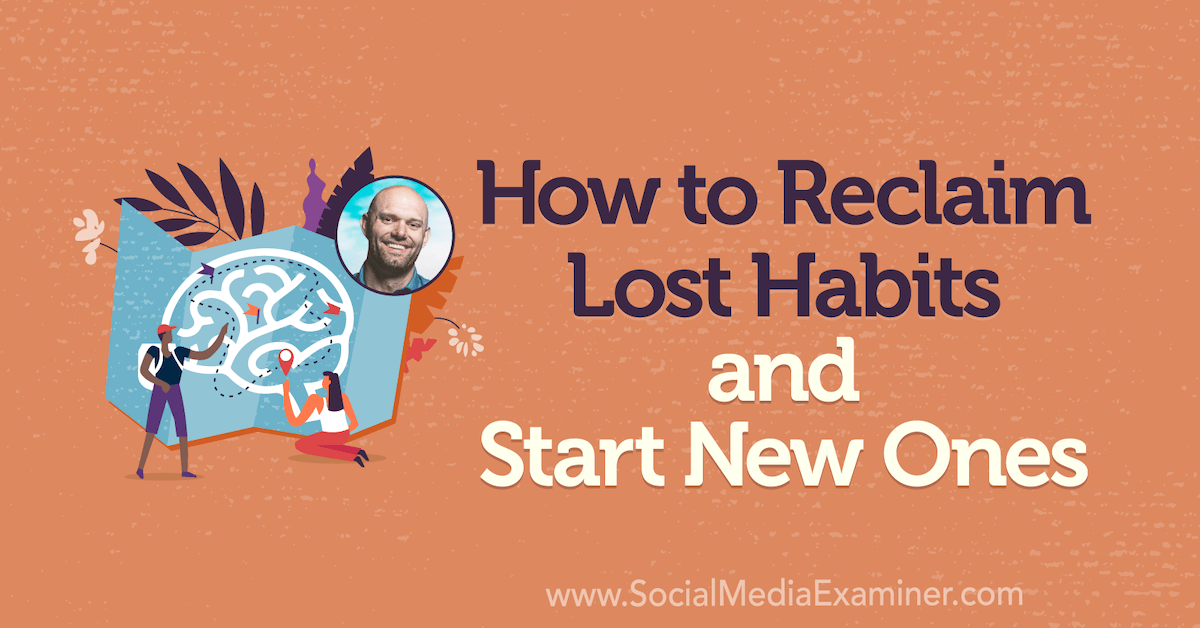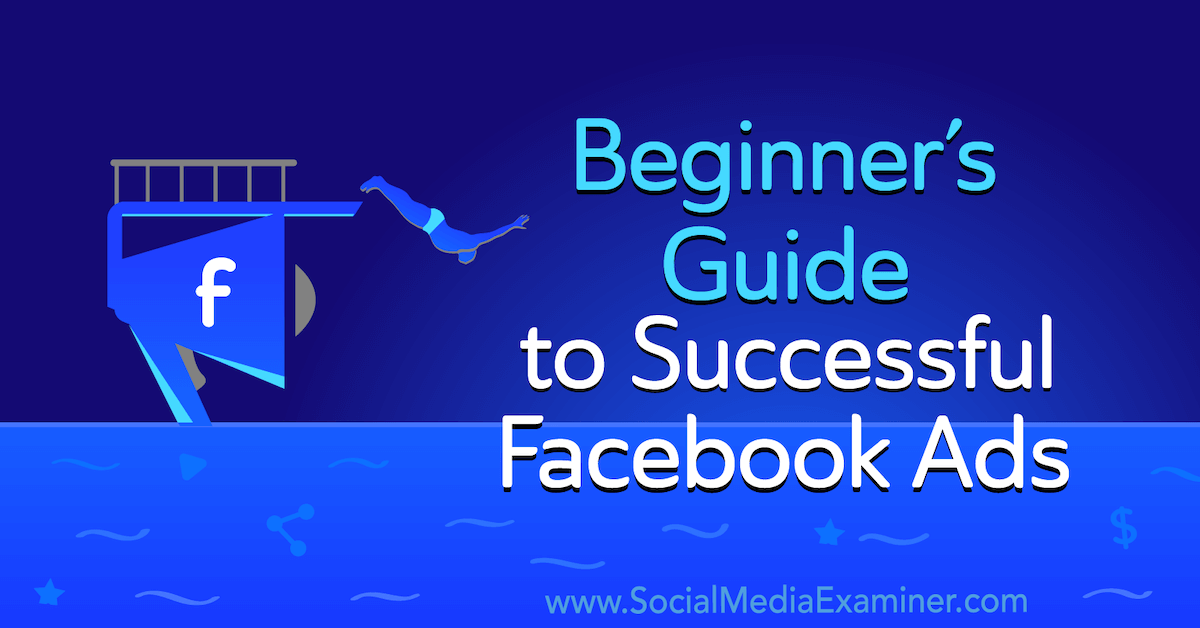http://feedproxy.google.com/~r/markgrow/~3/U1exdKB0Vt0/

By Brooke Sellas
Creating personal customer experiences is nothing new. But adding context marketing to those experiences is key when it comes to modern marketing and solving customer pain points.
In this episode of the Marketing Companion Podcast, I’m still holding down the fort while Mark Schaefer recovers from COVID-19.
I was so fortunate to be joined by the brilliant Mathew Sweezey of Salesforce. We talk about his new book, The Context Marketing Revolution: How to Motivate Buyers in the Age of Infinite Media, and how context is exactly what helps marketers and business owners cut through the noise and provide seamless, highly personalized customer experiences.

Mathew is Principal of Marketing Insights for Salesforce.com, author, podcast host, multiple award-winning marketers, pioneer of the marketing automation space, and regarded as one of the top minds on the future of Marketing (he’s even written a delightful article here on the {grow} blog).
On this episode, Mathew and I take a deep dive into the five context elements, and how you can apply them to create personalized customer experiences:
- How do brands *really* cut through the noise of infinite media?
- Creating customer experiences means understanding the five context elements of context: 1) availability 2) permission 3) personal 4) authentic 5) purposeful
- Mat also gives several examples of brands doing it right, like his own company’s Salesforce Trailblazer Program and how people are vying to become a ‘Ranger’
- And finally, how can brands ditch the campaign and focus on the customer journey?
Creating customer experiences can be daunting, but with Mat’s vast research and examples, it feels like anyone can do it.
And while I’ve loved having amazing guests on the podcast with me, I’m happy to report that Mark is on the mend and should be back co-hosting with me soon!
Click on this link to listen to Episode 188
Other ways to enjoy our podcast
- Try this! “Alexa, play the latest episode of The Marketing Companion.”
- Click here to download the latest episode or subscribe in iTunes
- Listen to us on iHeart Radio
- Find us on Google Play
- Find the podcast on Stitcher
- Complete Marketing Companion Episode Guide
- The Marketing Companion YouTube channel
Please support our extraordinary sponsors. Our content is free because of their generosity.
Many thanks to our friend Scott Monty for the awesome show intro. Be sure to check out his amazing newsletter Timeless and Timely.
Tim Washer is contributing creative direction to the show and he’s has worked for Conan O’Brien, John Oliver, among others. He helps corporations build more creative cultures.
![]()

It’s hard to ignore — millions of business professionals are active on LinkedIn. They have twice the buying power of a normal web user. If you’re in business, you need to be exploring advertising on LinkedIn. Brooke and I have both had tremendous success with this marketing platform and to help you get started, LinkedIn is offering Marketing Companion listeners $100 in free ad credit. That can go a LONG WAY! Take advantage of this opportunity today by visiting linkedin.com/companion
The post Creating Personal Customer Experiences With Context Marketing appeared first on Schaefer Marketing Solutions: We Help Businesses {grow}.








